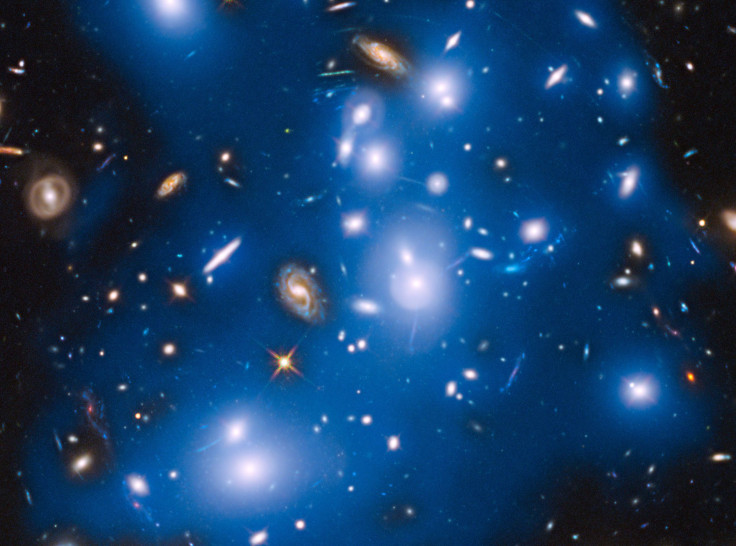Fast Radio Burst From Distant Galaxy Observed Again, Refuels Alien Speculation

Of all the mysterious signals we receive from space, only one has baffled scientists by its repeating occurrence.
FRB 121102, as it is fondly named, has been detected multiple times since 2016 and the latest pulse detected Aug. 26 was the longest and most powerful one yet.
Using the Green Bank Telescope in West Virginia, a team from Breakthrough Listen initiative —a massive project dedicated to finding signs of intelligent alien life —recorded 15 repeating fast radio bursts (FRBs).
The team detailed their findings in a report in the Astronomer’s Telegram.
FRBs are random pulses of energy emanating from distant celestial sources. Since the first one was detected in 2007, researchers predict that around 2,000 of these are lighting up the Universe every single day.
The problem with detecting and analyzing these signals is that they're not only incredibly fleeting — less than 5 milliseconds in duration, but are also extremely random in origin.
That was until late 2016, when researchers detected what appeared to be the first repeating high-energy radio burst, all coming from a single source, way out in unexplored space.
Earlier this year, six more of these FRBs were detected coming from the same location. According to a Science Alert article, researchers managed to pinpoint their source to a faint dwarf galaxy, more than 3 billion light-years from Earth.
Now the Breakthrough Listen team has detected 15 more bursts of FRB 121102. Vishal Gajjar, a postdoctoral researcher at the University of California, Berkeley, observed the new bursts during a monitoring run. Over five hours of observation, 400 terabytes of data over the 4 to 8 GHz frequency band was recorded, according to an article in Newsweek.
Popular culture has made it impossible for us not to think of aliens when we receive signals from far-away galaxies. Our mind immediately wanders to flying saucers and emergency-eject pods carrying super babies.
Several explanations for FRBs have been suggested. Earlier this year, a group of researchers from Harvard suggested alien involvement, according to the Science Alert article.
But the signal is atleast three billion years old. This means that the signal was generated in the distant galaxy when life on earth was still single-celled. Any alien colony capable of emitting such a powerful signal three billion years ago would have already colonized this planet and be using us as slaves to further their interstellar agenda.
Despite widespread speculation, the possibility of the signals coming from an advanced alien civilization has been largely ruled out.
Another theory being floated around is that the bursts are emanating from a cataclysmic event, such as a neutron star collapsing into a black hole. But such an event would produce only one burst and therefore does not explain the repeating pattern of FRB 121102.
Another possible explanation is that they are coming from a young and highly magnetized pulsar. A pulsar is a neutron star that spins rapidly and emits radio waves along its magnetic axis. If the pulsar's rotation emits a beam that reaches earth, it could technically emit several ‘pulses’ of energy in our direction at regular intervals, much like the recorded signal.
But so far no definite explanation exists. Now that we have established the area of space this signal is coming from, it expands our knowledge of what lies between us and the mysterious and "talkative" galaxy three billion light-years away.
© Copyright IBTimes 2025. All rights reserved.




















